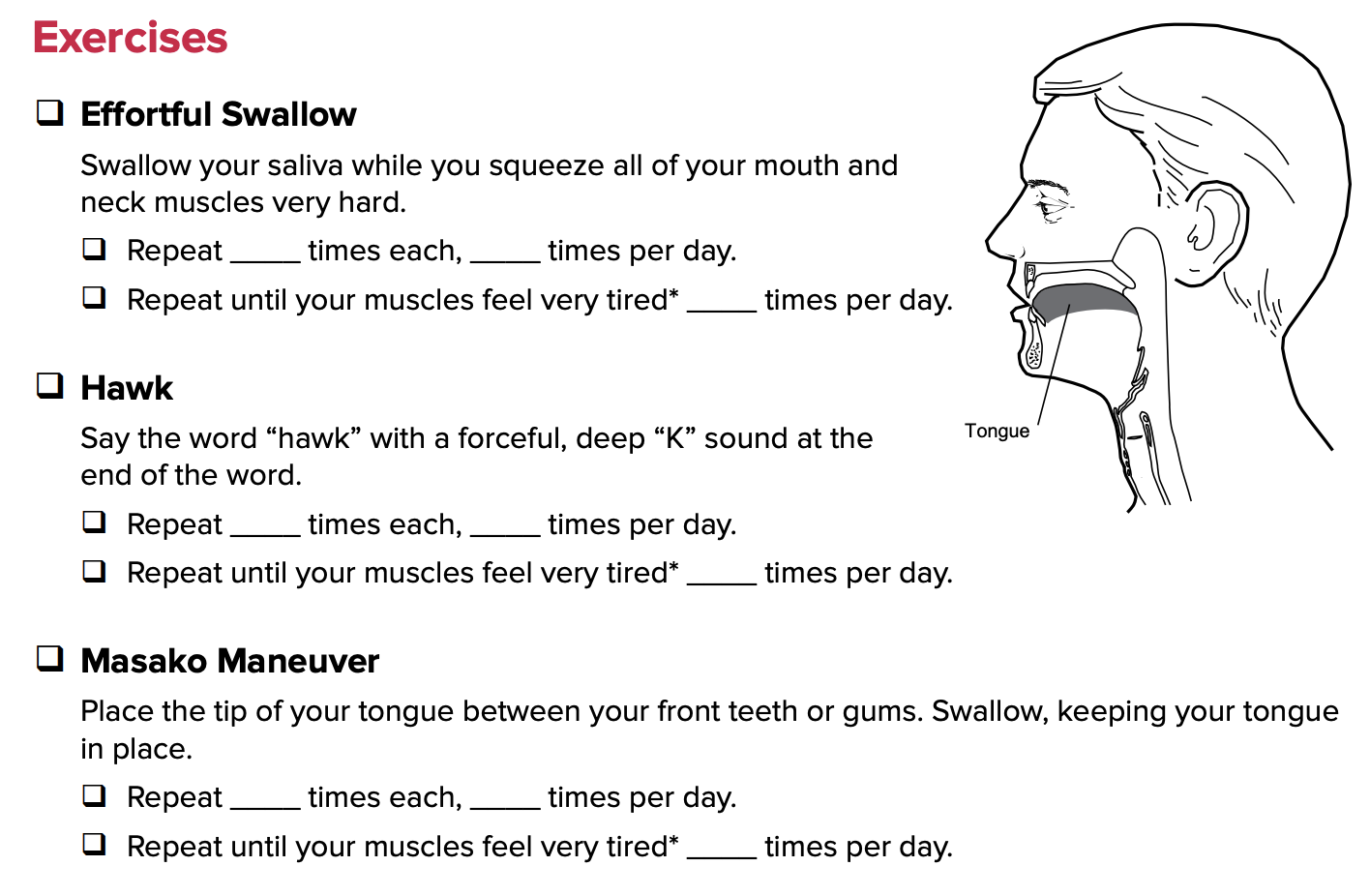08 May What is Dysarthria?
What is Dysarthria?
Dysarthria is a condition in which the strength of the muscles used to speak, including face, mouth, and tongue muscles, become weak; resulting in slurred speech, decreased breath support used for speech, or strained vocal quality.
What causes Dysarthria?
Dysarthria can be the result of many health conditions, including:
- Stroke, Parkinson’s Disease
- Amyotrophic Lateral Sclerosis (ALS or Lou Gehrig’s Disease)
- Brain Injury or Tumor
- Cerebral Palsy
- Guillain Barre Syndrome
- Huntington’s Disease
- Lyme Disease
- Multiple Sclerosis
- Muscular Dystrophy
- Myasthenia Gravis
- Wilson’s Disease
What are symptoms of Dysarthria?
Dysarthric speech can be characterized by a person’s speech being slow, slurred, strained, breathy, or monotone. Speech can also be rapid and difficult to understand. Difficulty, or the complete inability, in moving the tongue, lips, and jaw may also be experienced. If these signs and symptoms of dysarthria exist, an urgent visit to the doctor or Speech-Language Pathologist is recommended.
How can speech therapy help with Dysarthria?
When treating Dysarthria, a Speech/Language Pathologist carefully evaluates each instance of speech difficulty and/or limitation, and then designs a treatment program to address those conditions.
LSVT LOUD is a speech therapy program often used by therapists to treat hoarse and whispered voices. The program targets increasing vocal loudness (amplitude) through high dosages of treatment, which allows patients to recognize that their louder, audible voices are considered “normal.” In addition, LSVT LOUD is highly engaging, with daily homework to practice new skills learned during speech therapy treatment sessions. The program is led by a Speech/Language Pathologist trained to provide treatment services specific to voice disorders.
In the case of slurred speech, patients are trained through exercises to increase oral motor strength and range of motion. These exercises are designed to address the muscles of the face, lips, tongue, and throat, as well as the muscles used for breathing.

Tips for communicating with Dysarthria:
Utter one word prior to beginning speaking in sentences.
This will alert the listener you have something to communicate. For example, you might say “lunch” prior to discussing what you want to eat.
Involve the listener.
Assure your listener can understand you by having them nod their head yes or no when speaking.
Speak slowly and loudly.
Try to allow time between sentences so the listener can put together what you’ve stated.
Try to limit speaking when fatigued.
Your speech may be more difficult to understand.
Try using non-verbal gestures.
Consider pointing, drawing, and writing when you have trouble speaking.
When treating Dysarthria with speech therapy, the ultimate goal is to train the patients to self-monitor the sound of their voice and the precision of their articulation in order to improve their communication.
Don’t let slurred speech or painful swallowing slow down your time spent with loved ones talking around the kitchen table. Get help! Speak to one of our experienced Speech/Language Pathologists. Call us at 830.755.6091 today!

